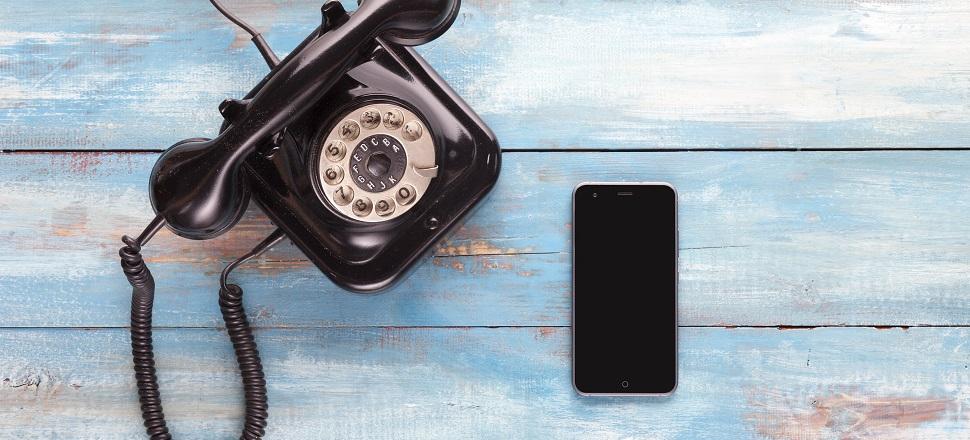AMA welcomes decision to allow patients in COVID hotspots access to safer consultations with GPs over the phone
Patients in declared COVID-19 hotspots will be able to talk with their GPs for longer on the telephone following a decision by the Government to ease restrictions on the use of telehealth as part of its pandemic response.

The Australian Medical Association (AMA) welcomed the Federal Government’s decision to relax its Budget measure from 1 July that restricted telephone consultations to short and standard consultations as part of its efforts to encourage patients to use video consultations.
AMA President Dr Omar Khorshid said the decision to reinstate a longer level C telephone consultation item was critical for patients with complex health needs and followed discussions over the past few days with the Minister for Health, Greg Hunt.
“The latest COVID-19 outbreak in Sydney has demonstrated consultations with GPs via the telephone remains critical for patient safety and access during lockdowns,” he said.
“For many patients, using the telephone is their preferred method and it helps ensure that people, who lack technological expertise of videoconferencing software or don’t have access to adequate internet speeds, are not denied access to essential GP services.
“Patients with respiratory symptoms are being discouraged from visiting their GPs until they get a negative COVID-19 test.
“Also, several practices have been classified as exposure sites and the New South Wales Government is working hard to reduce movement in the community to contain the virus.
“The pandemic is not over and the AMA has warned more outbreaks around the country are likely. This decision by the Federal Government supports improved patient access to telephone consultations when a hotspot is declared and it means that GPs are better positioned to respond and continue to provide timely access to care for their patients during such challenging times.”
The AMA supports the Federal Government’s Medicare-funded telehealth and strongly believes that it has been one of the most successful measures as part of the response to the COVID-19 pandemic.



